
AeroGenie — 您的智能副驾驶。
热门趋势
Categories
Global Aerospace Accumulator Market Expected to Reach $3.8 Billion by 2035
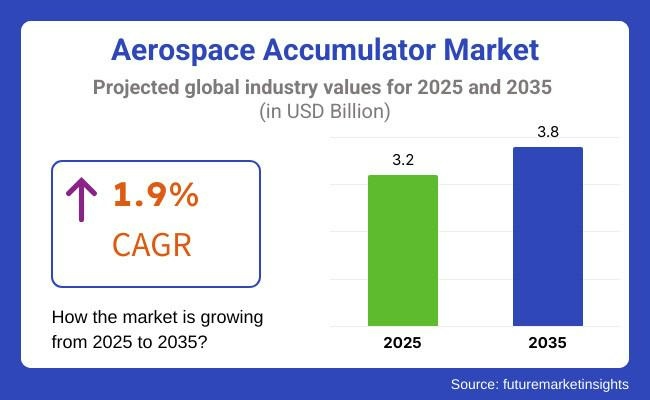
Global Aerospace Accumulator Market Projected to Reach $3.8 Billion by 2035
The global aerospace accumulator market is anticipated to experience steady growth, expanding from an estimated $3.2 billion in 2025 to $3.8 billion by 2035. This growth, representing a compound annual growth rate (CAGR) of 1.9%, is driven by significant advancements in hydraulic system design, the adoption of lightweight materials, and the integration of artificial intelligence (AI) for enhanced monitoring. These technological developments are reshaping the aerospace sector, underscoring the increasing importance of accumulators in modern aircraft.
Aerospace accumulators are essential components that ensure pressure stability, energy efficiency, and safety within hydraulic and fuel systems. As the industry moves toward more fuel-efficient, sustainable, and intelligent aircraft, the demand for reliable accumulators is rising across both commercial and defense aviation sectors.
Innovation as a Catalyst for Market Expansion
Over the next decade, the demand for aerospace accumulators is expected to grow substantially as next-generation aircraft incorporate smart hydraulic systems, predictive maintenance capabilities, and environmentally friendly materials. Original equipment manufacturers (OEMs) are focusing on accumulators that combine lightweight construction with enhanced durability and rapid energy release, which are critical for systems such as landing gear, braking, and flight control.
The emergence of electric and hybrid aircraft, alongside expanding space exploration initiatives, further amplifies market potential. Leading companies including Parker Hannifin, Eaton, HYDAC, Triumph Group, and Collins Aerospace are investing heavily in AI-integrated accumulators, composite materials, and real-time monitoring technologies to improve safety and operational efficiency.
Regional Market Dynamics
North America continues to dominate the aerospace accumulator market, supported by a strong aviation and defense industry, substantial research and development investments, and leadership from U.S.-based manufacturers. The United States is projected to grow at a 2.1% CAGR, driven by modernization programs, defense contracts, and the production of next-generation aircraft.
Europe, with Germany, France, and the United Kingdom at the forefront, is advancing through initiatives focused on carbon-neutral aviation and the development of lightweight materials. European manufacturers are increasingly integrating Internet of Things (IoT)-enabled predictive maintenance systems with accumulators to meet sustainability and performance objectives. The region is expected to maintain a 1.9% CAGR through 2035.
The Asia-Pacific (APAC) region is poised for the highest growth, fueled by expanding commercial aviation fleets, increased defense expenditures, and the growth of aerospace manufacturing capabilities in countries such as China, Japan, India, and South Korea. Japan and South Korea are notable for their advancements in precision hydraulic accumulators and smart energy storage technologies, with projected CAGRs of 2.0% and 2.2%, respectively. In the Middle East and Africa, Saudi Arabia and the United Arab Emirates are contributing to market growth through investments in aerospace localization and space infrastructure development.
Competitive Landscape and Emerging Challenges
Bladder and piston accumulators currently dominate the aerospace accumulator market due to their proven reliability and performance. However, the sector faces potential challenges from technological progress in adjacent industries. For example, the Agricultural Sprayers Market, expected to exceed $6.18 billion by 2035, may divert investment and innovation away from aerospace applications. Additionally, rising competition from emerging players in the OEM Insulation Market, projected to reach $25.3 billion by 2035, could encourage aerospace companies to explore alternative energy efficiency solutions.
In response to these challenges, industry leaders may pursue strategic alliances or acquisitions, particularly in high-growth sectors such as the Alunite Market, which is forecasted to reach $302.2 billion by 2035. Such moves would aim to enhance technological capabilities and protect market share.
As the aerospace industry continues to evolve, accumulators will remain integral to achieving the performance, safety, and sustainability targets of next-generation aircraft.
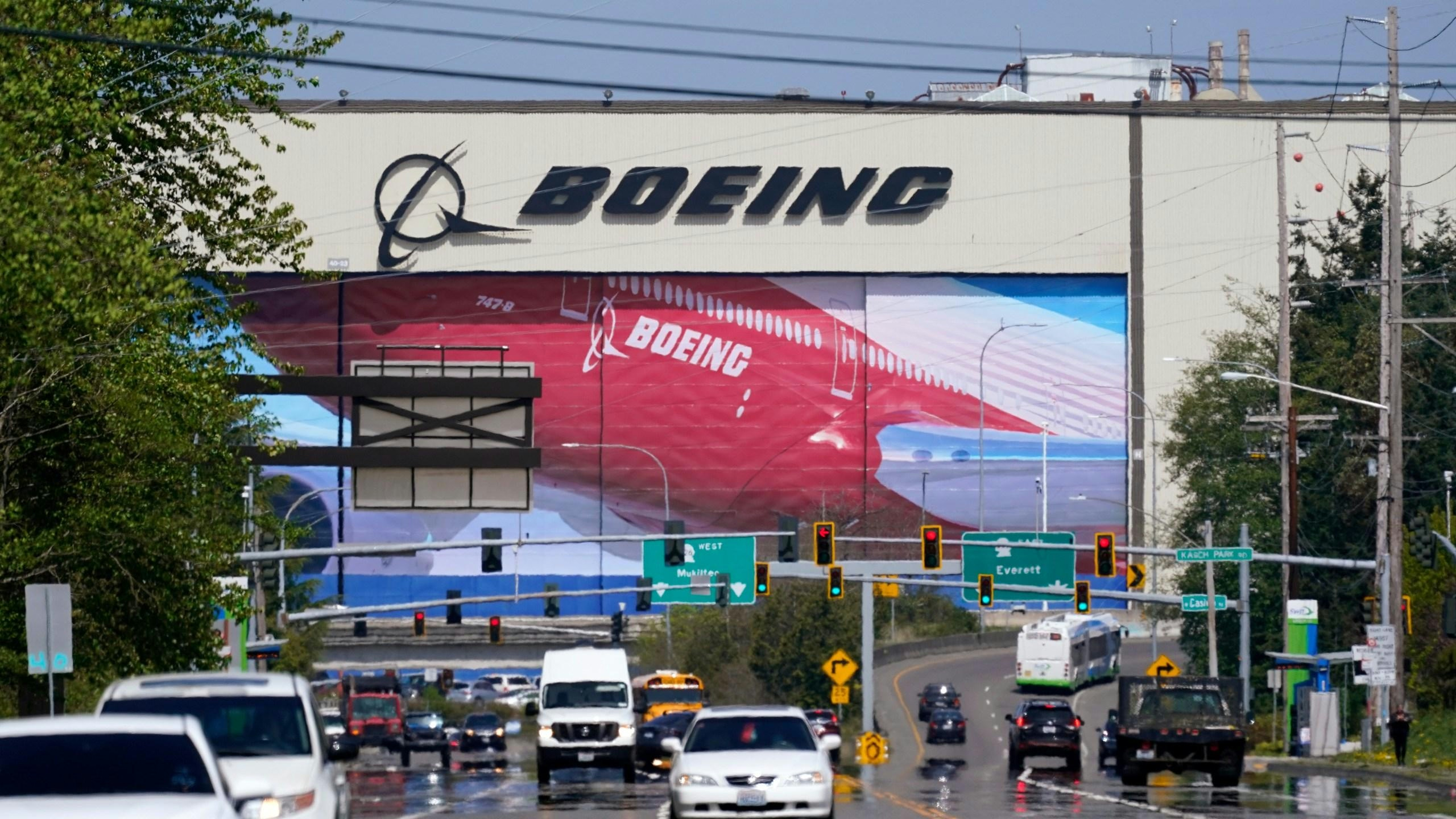
Boeing Sees Order Growth and Delivery Recovery Amid Ongoing Challenges
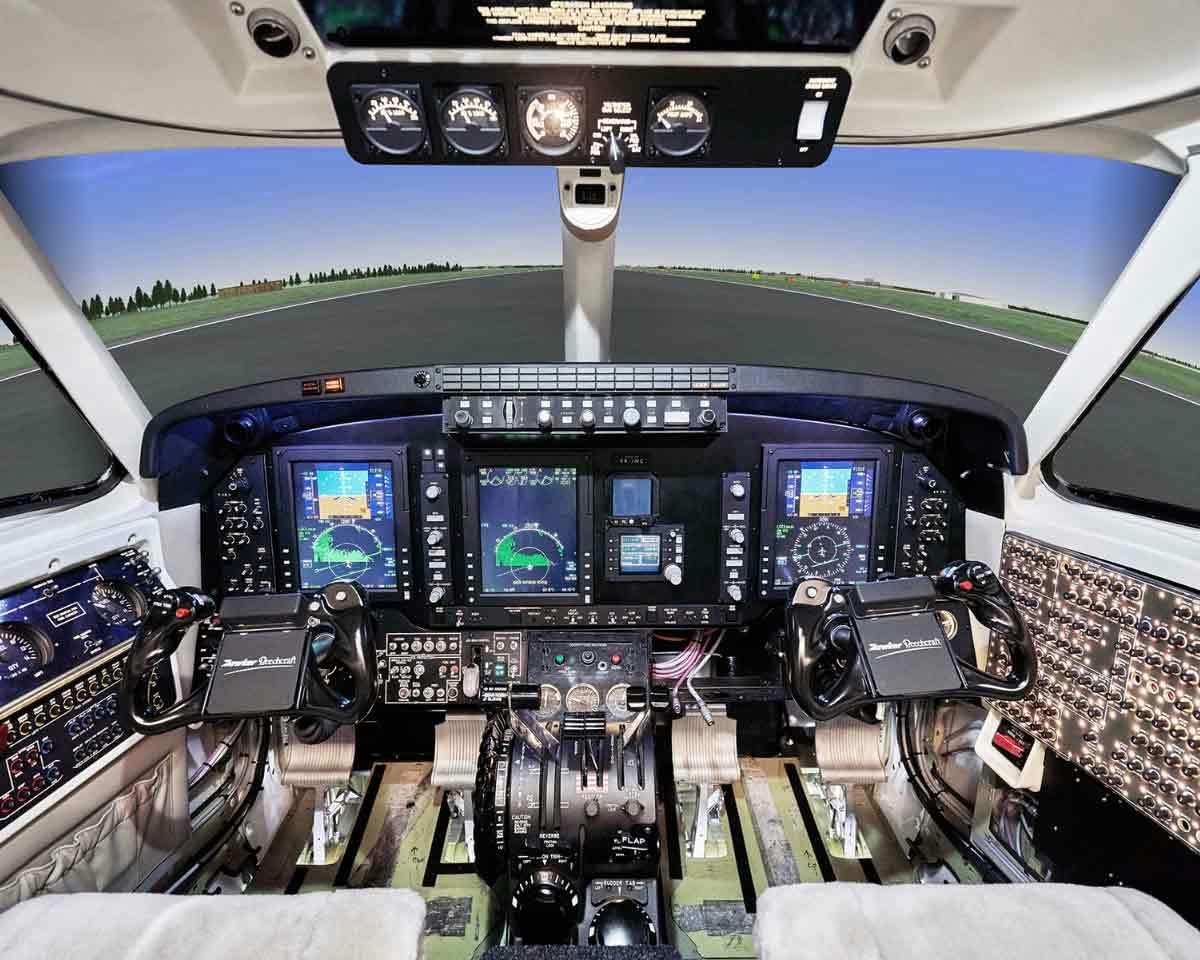
AXIS Introduces Automated AI Pilot Debriefing
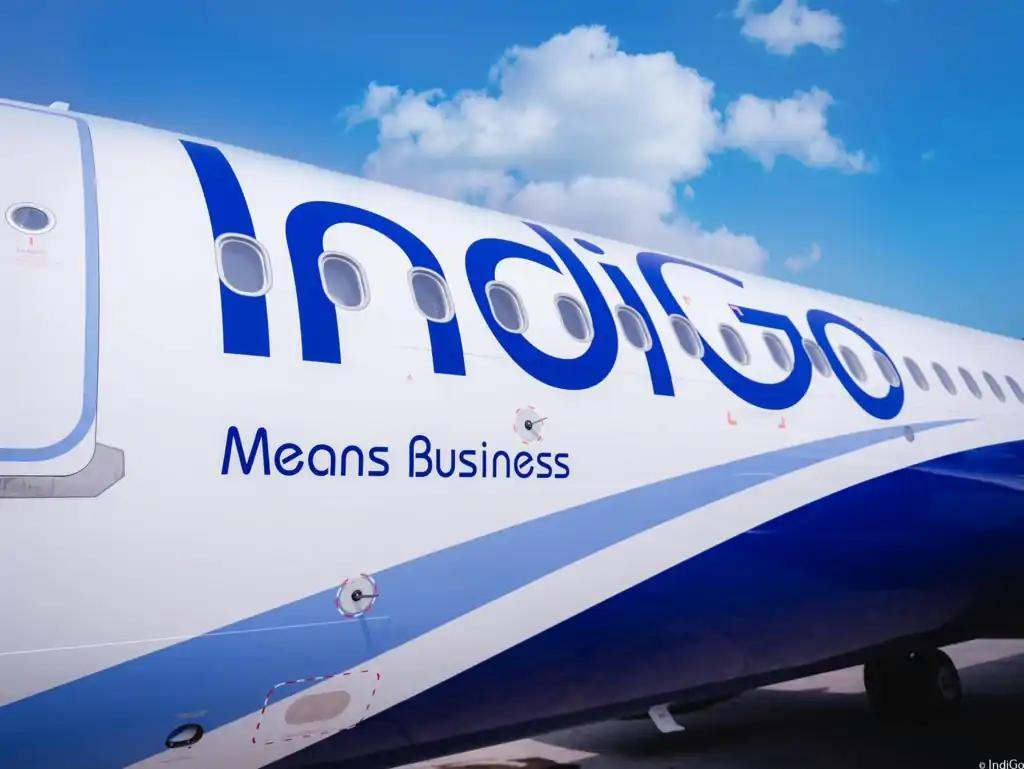
IndiGo's Aircraft Leasing Strategy: Navigating Regulatory Waters

Virgin Introduces AI Concierge Service
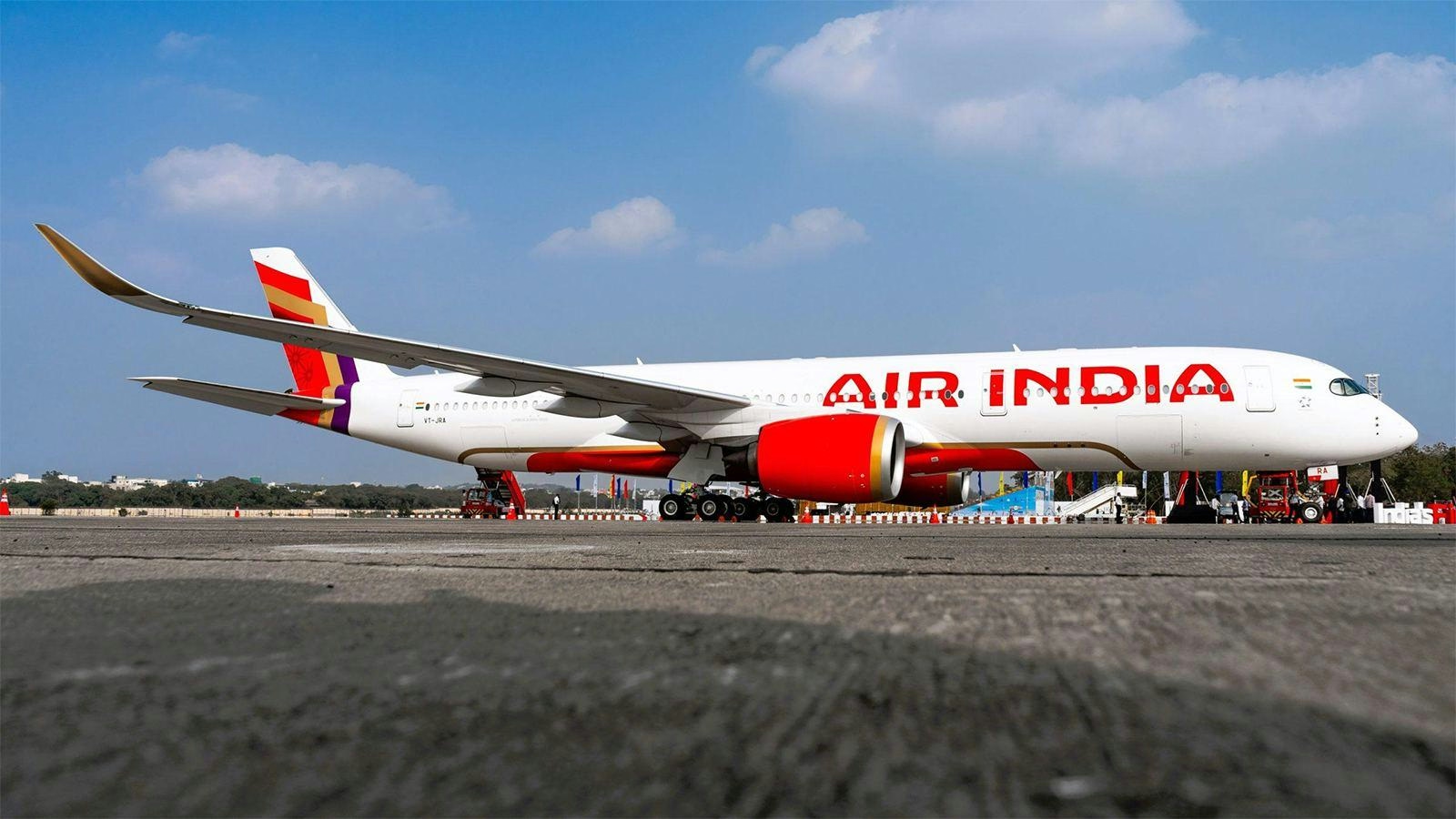
AI Flight to Mumbai Returns to Delhi After Engine Failure
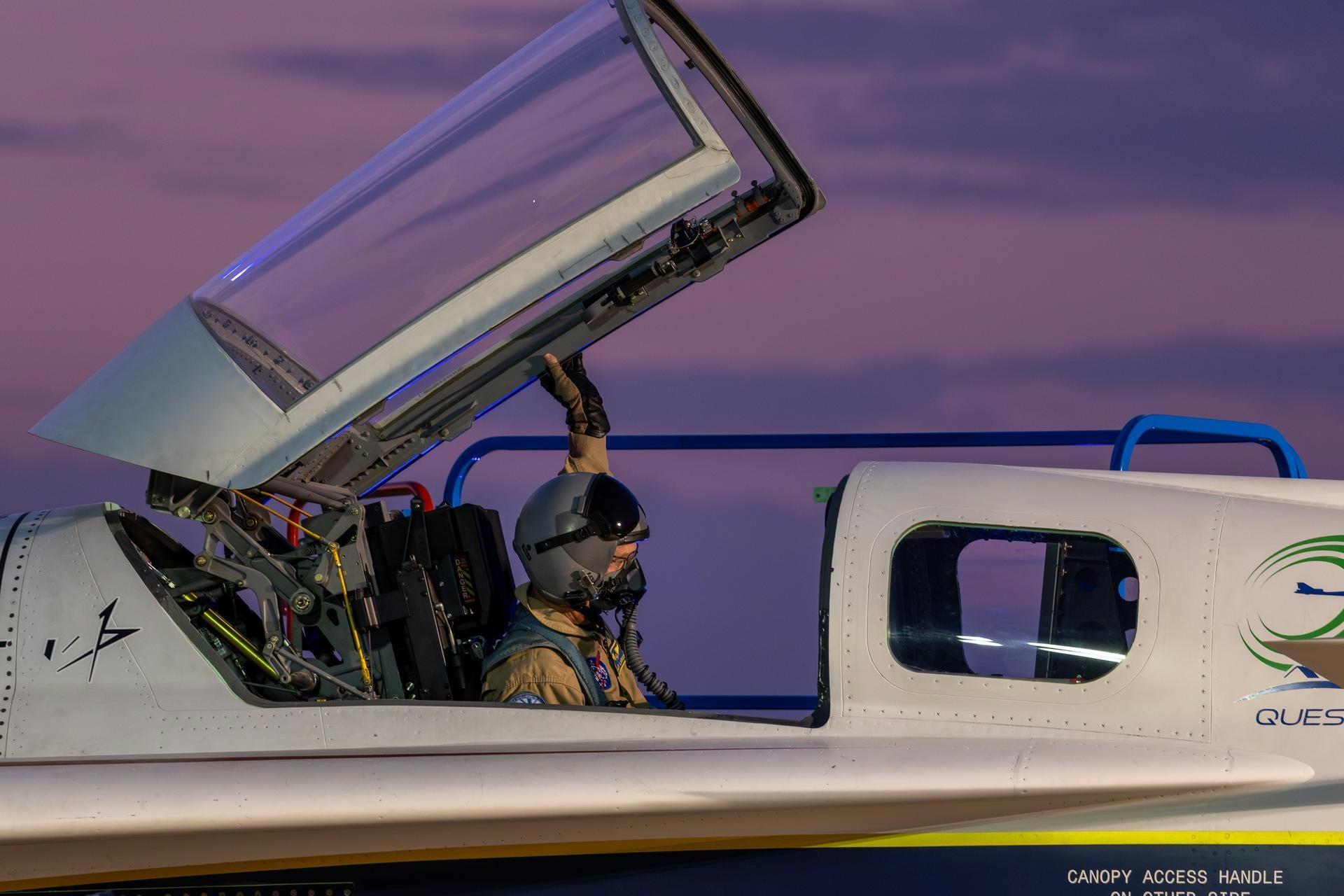
NASA Armstrong Advances Flight Research for 2025
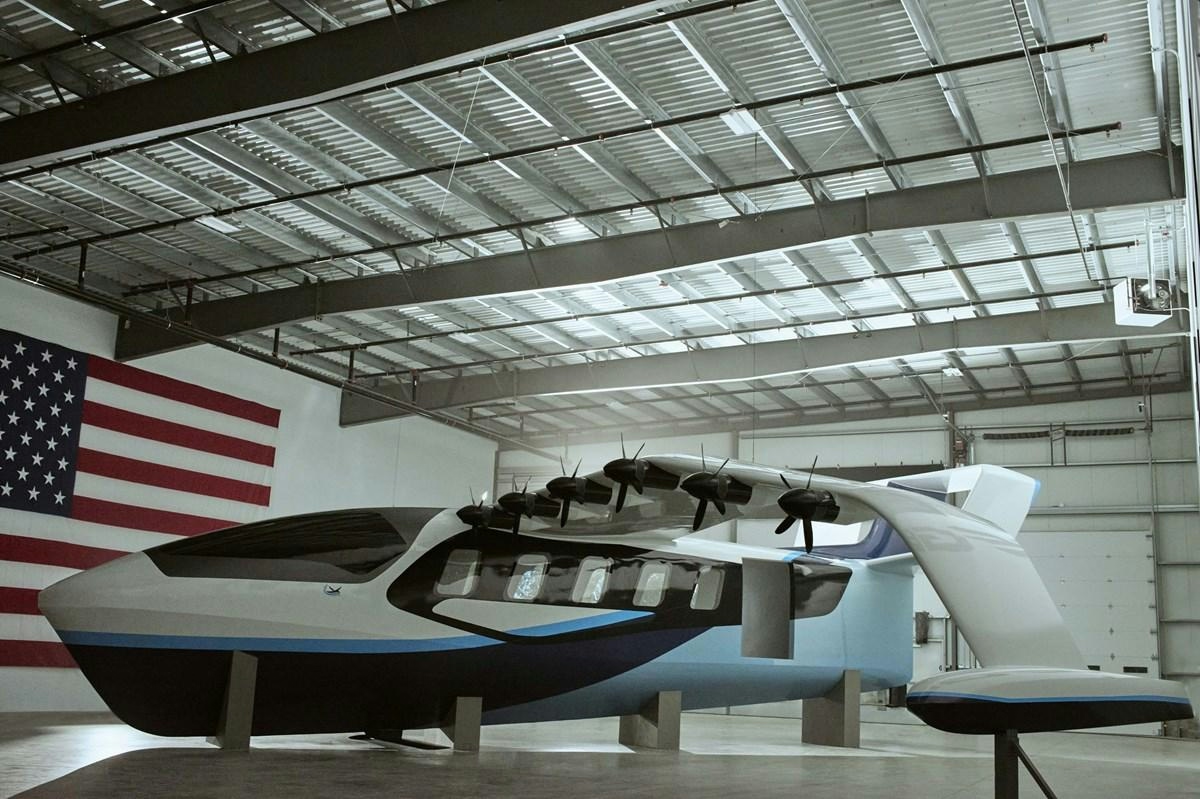
Regent Reports Significant Progress in Technology, Business, and Manufacturing
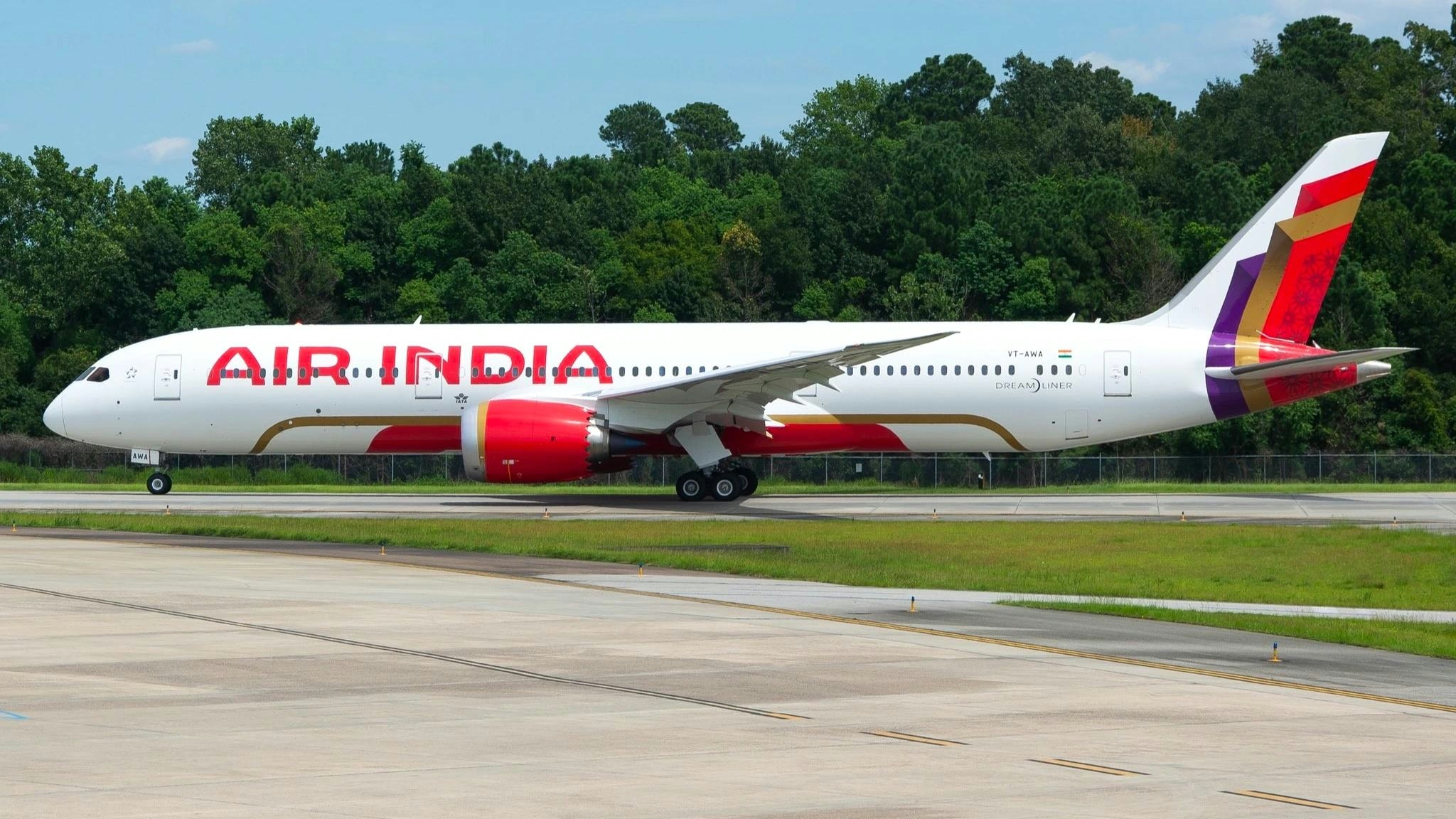
Air India to Receive First Boeing 787-9 Dreamliner in Early 2026
